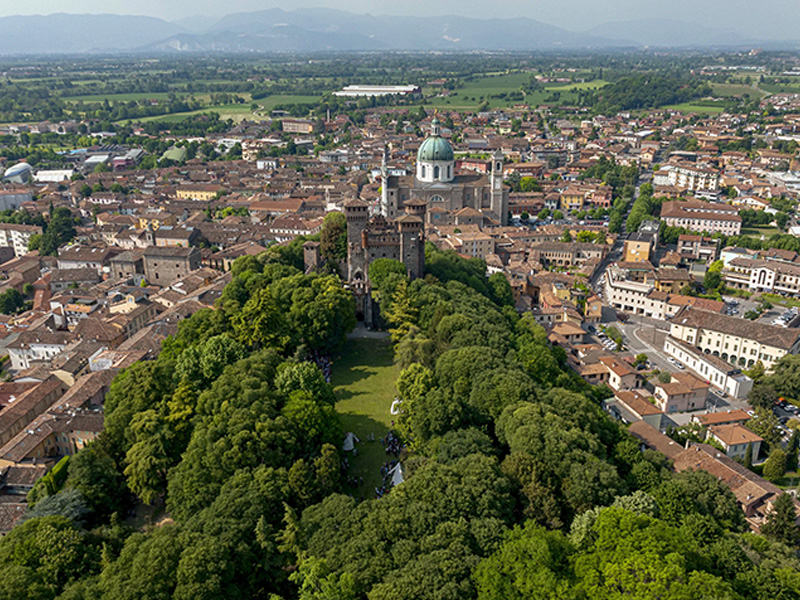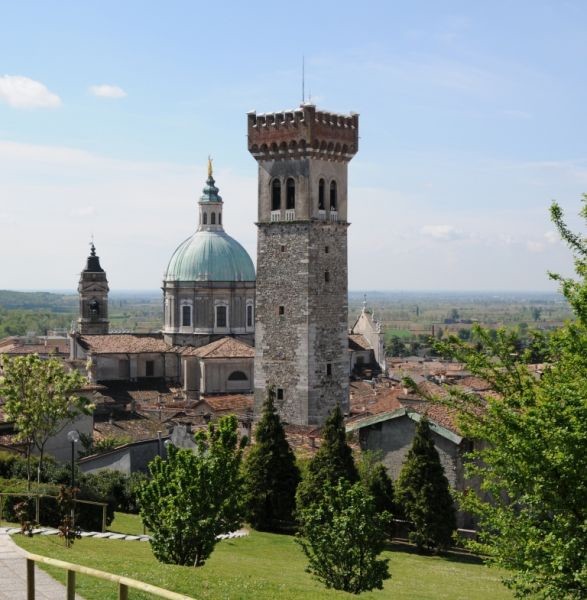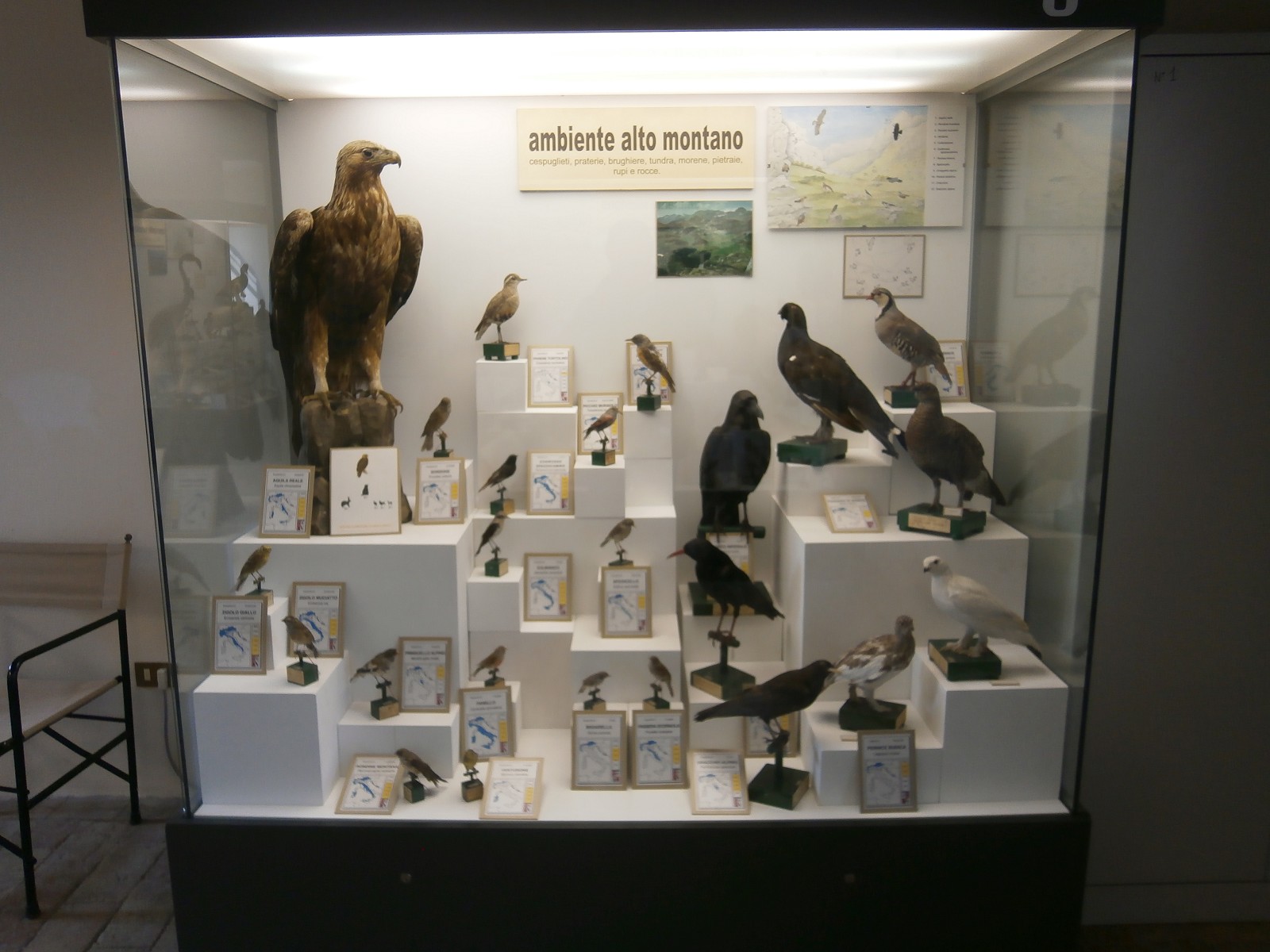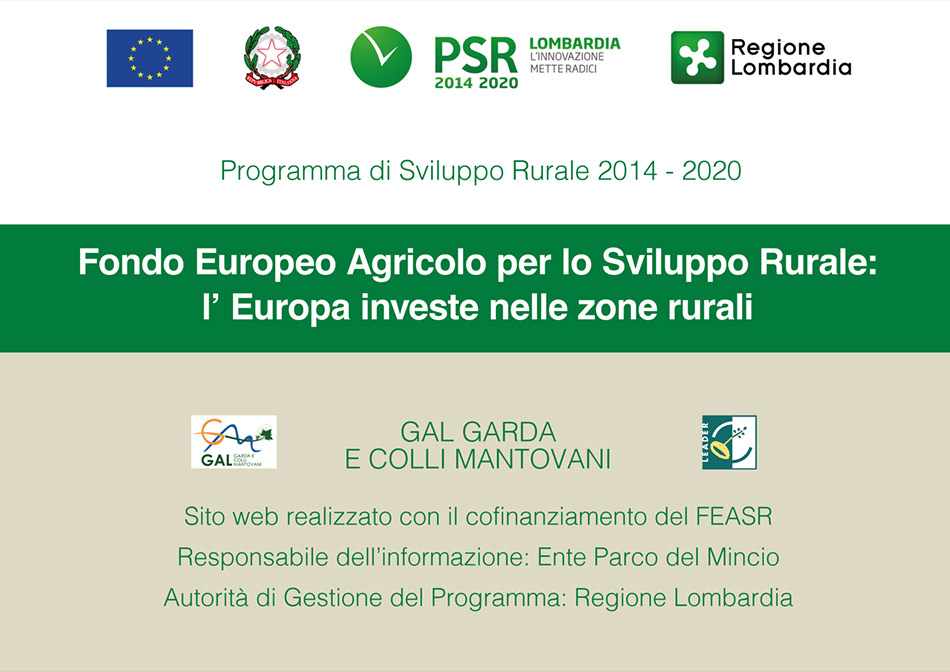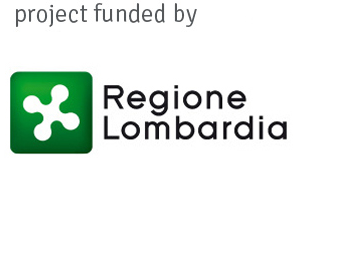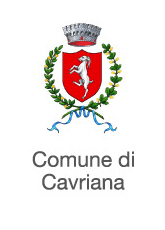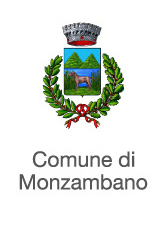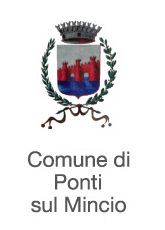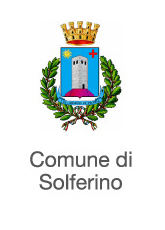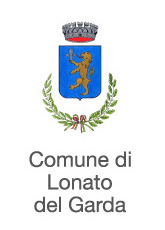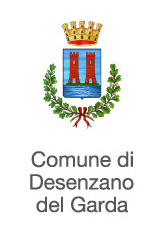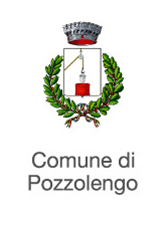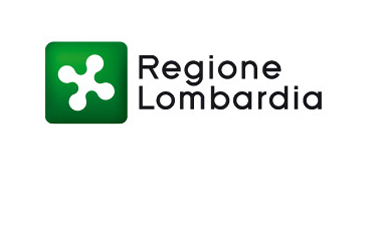![]() – Lonato del Garda
– Lonato del Garda
Archaeological and naturalistic site “La Polada”
The locality of Polada is an important area of the Municipality of Lonato del Garda in which in the second half of the 19th century, following peat extraction operations from a small lake, a pile-dwelling settlement was recognized and numerous materials were collected by of the prof. Giovanni Rambotti, after whom the Archaeological Museum of Desenzano is named.
The name of the locality was chosen to identify the “Polada Culture”, i.e. a group of archaeological sites that presents certain characteristics, such as the same types of artefacts (vases, bronzes, worked bone, etc.) and the same types of settlements (preference for lake areas or peri-lake, pile-dwelling type structures). Geographically it is widespread in Trentino, western Veneto and central-eastern Lombardy. The Garda area is the center of its territory and also the place where the most important sites are located.
The Polada culture can chronologically be placed in the Ancient Bronze Age, a period that goes from 2200 BC. to 1600 BC and it is distinguishable in an older time (Ancient Bronze 1) and a more recent one (Ancient Bronze 2).
A tunnel was therefore dug from the locality of Folzone, near the bridge over the railway towards Desenzano, which, passing under the hill, emerged below the usual water level of the swamp, thus causing the water to flow out of the original basin and bringing out large surrounding areas which began to be affected by the excavation works of the subgrade (peat) whose debris was roughly packaged in blocks to be more easily burned in the stoves.
Upon the death of Giovanni Rambotti, the prehistoric finds found in the Lonatese swamp were given to the Italian State and are still found in the Pigorini Museum in Rome.
Good to know
Click a TAG for similar articles
How to get


